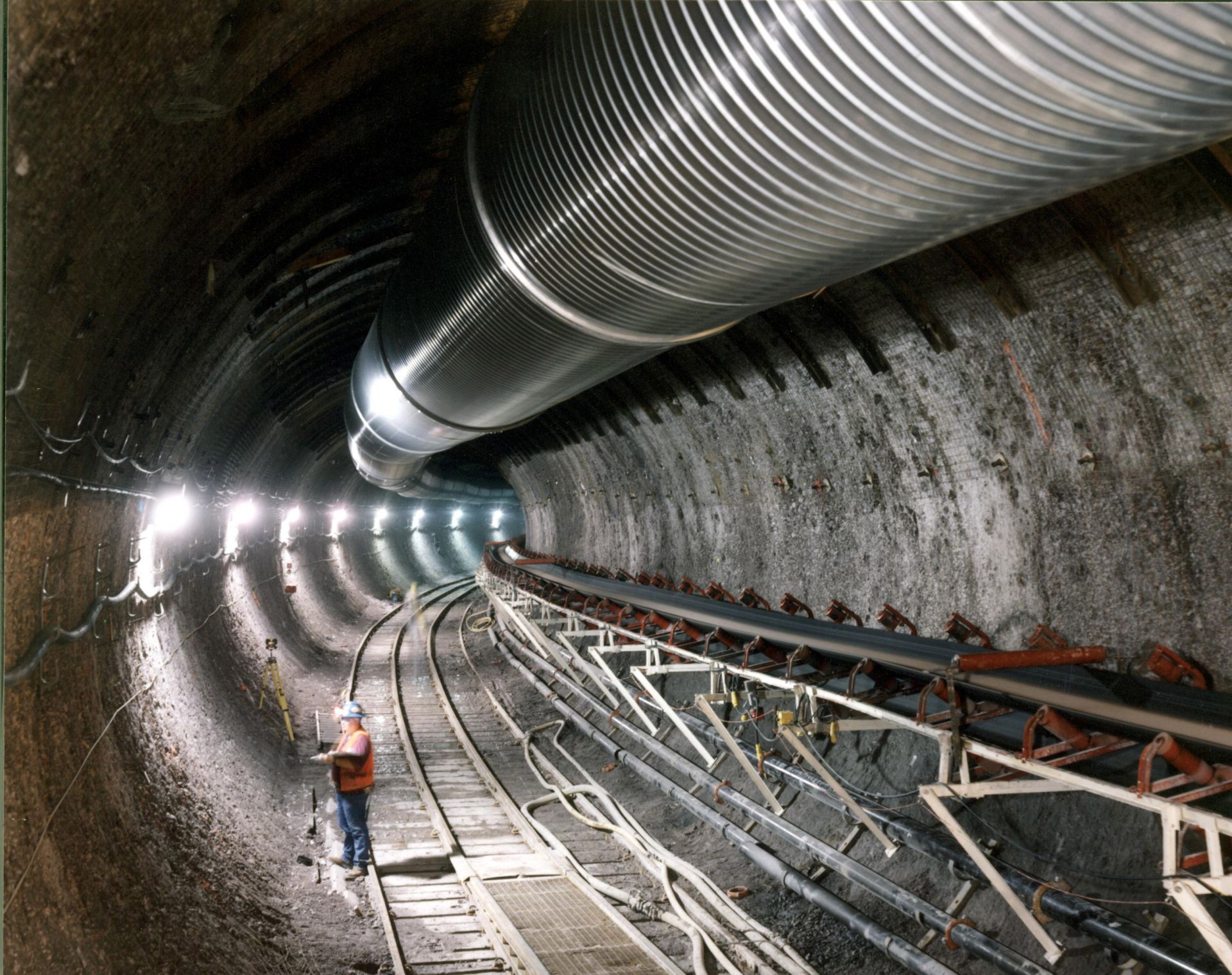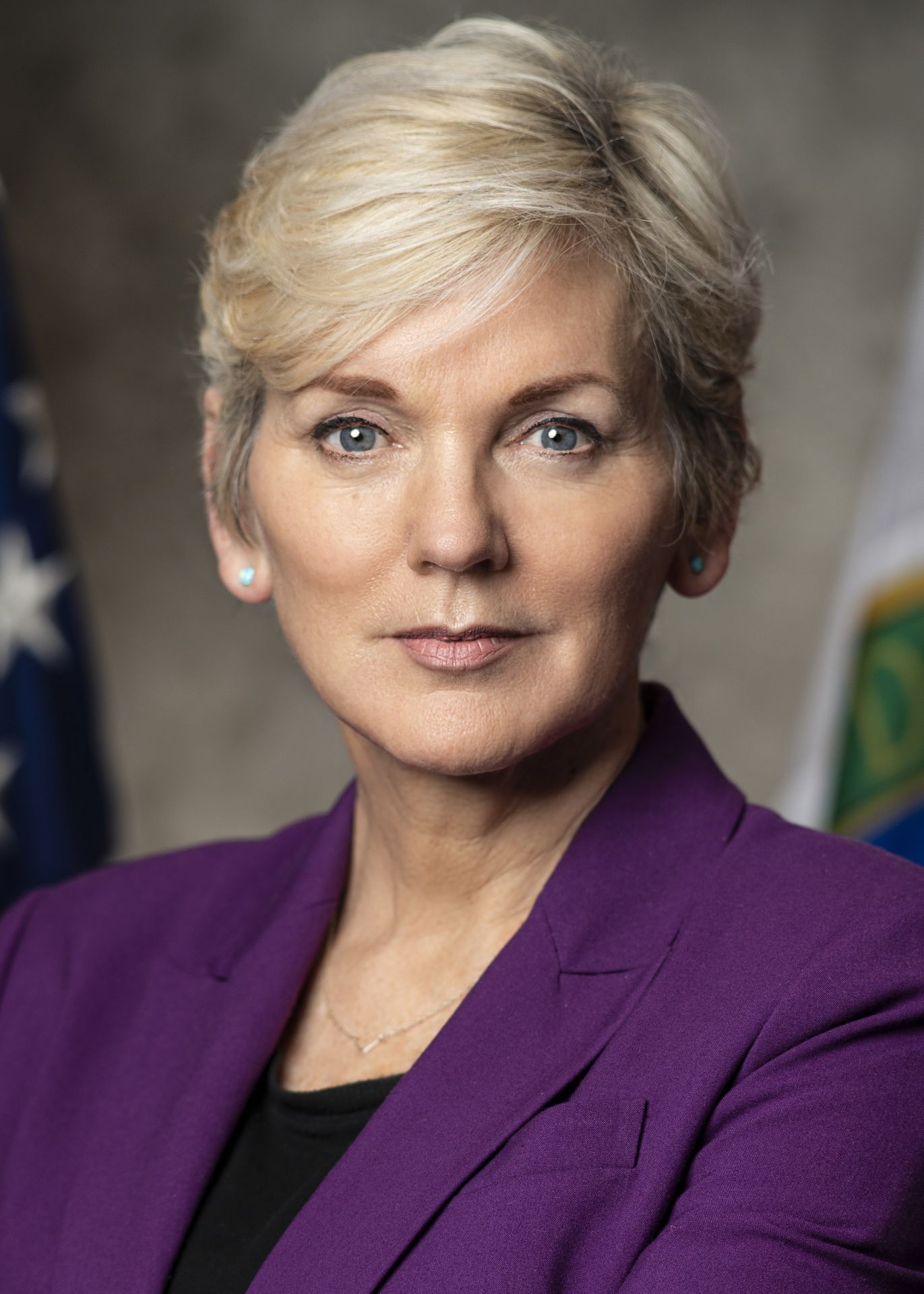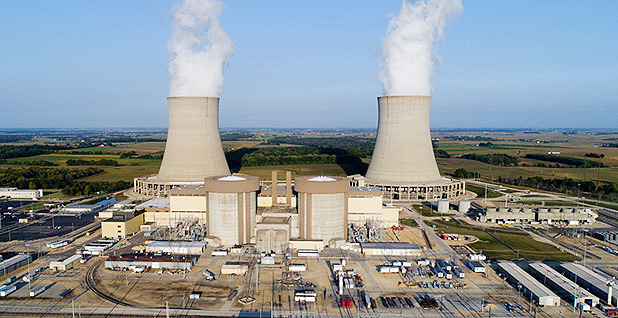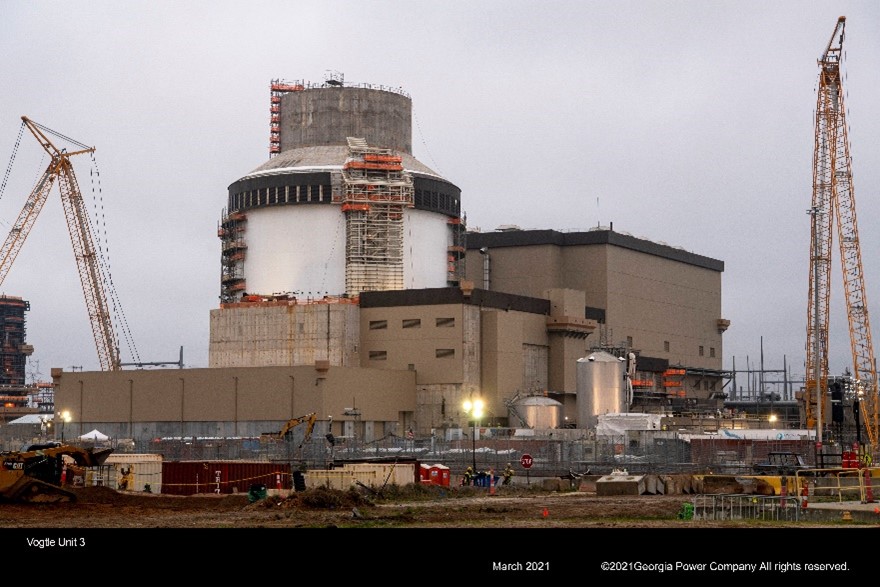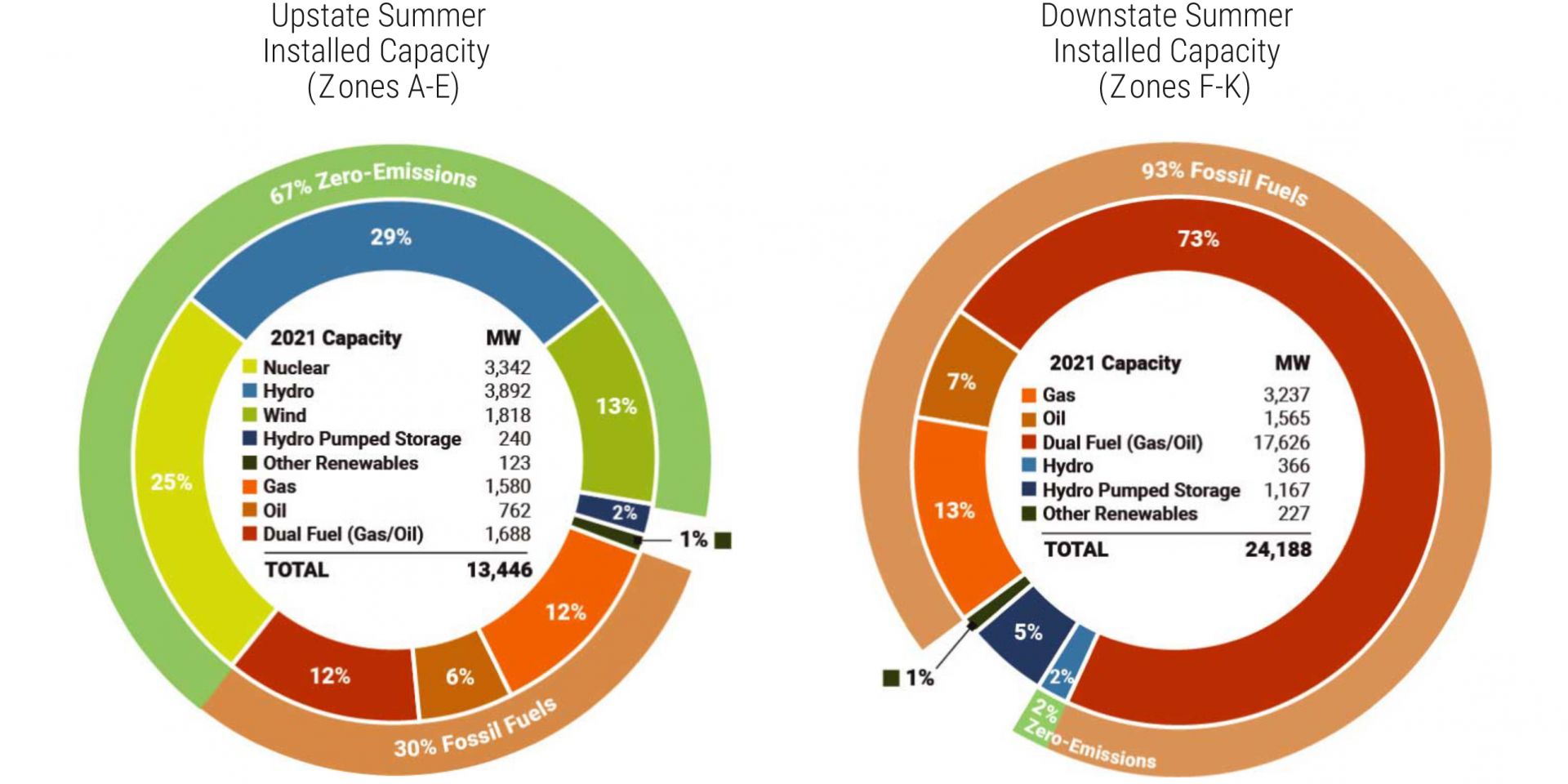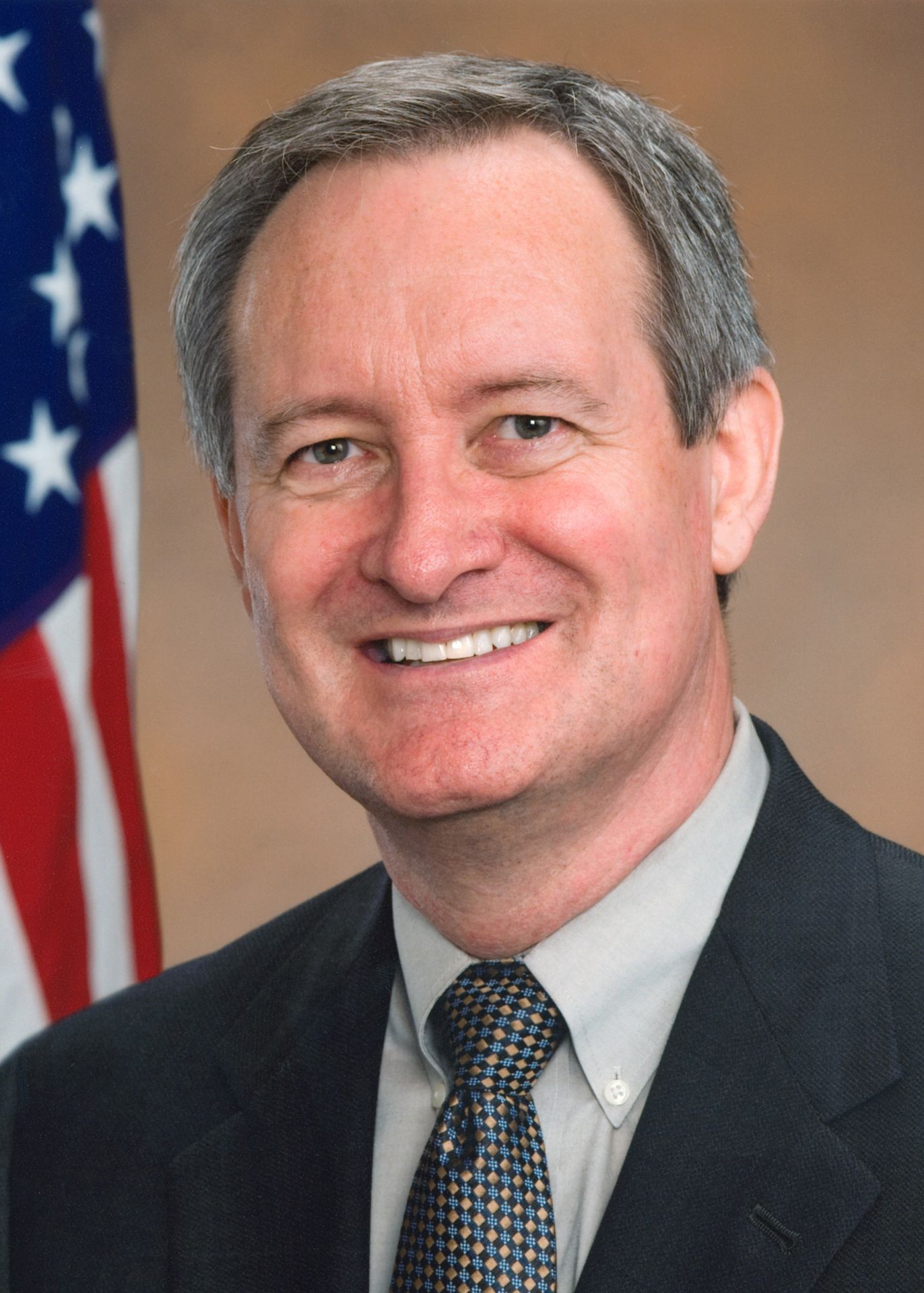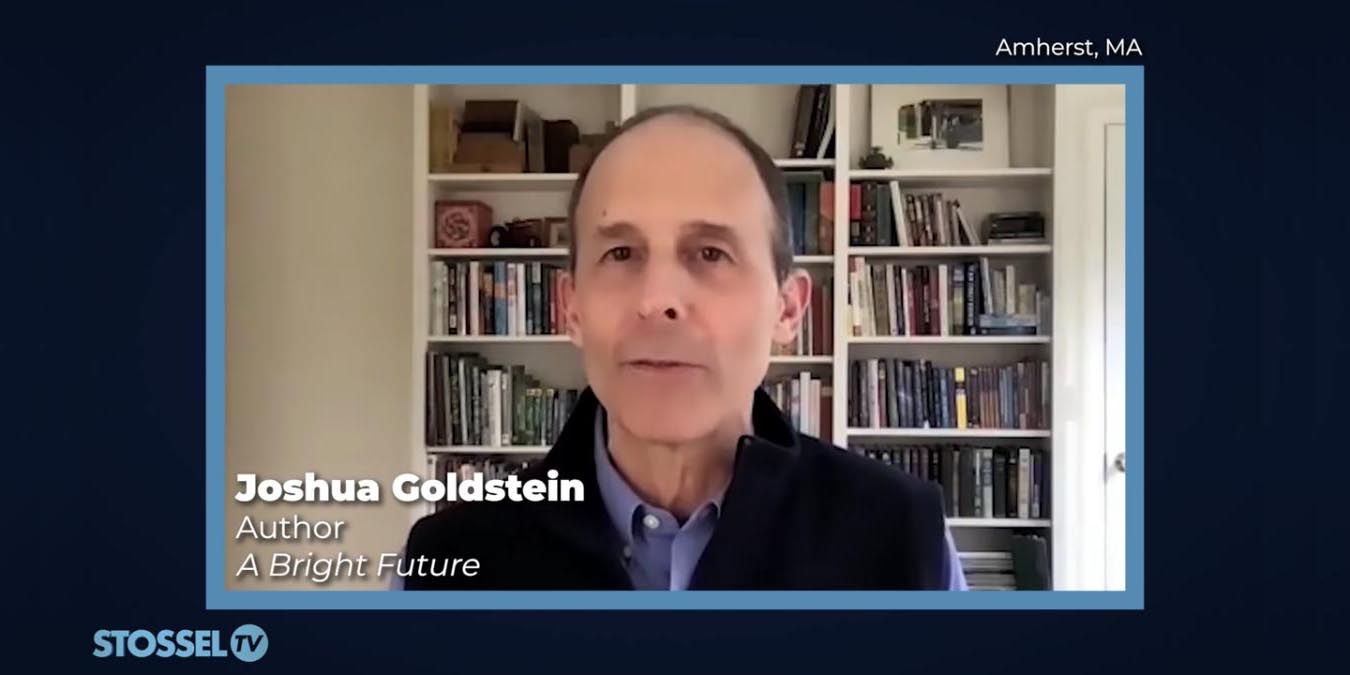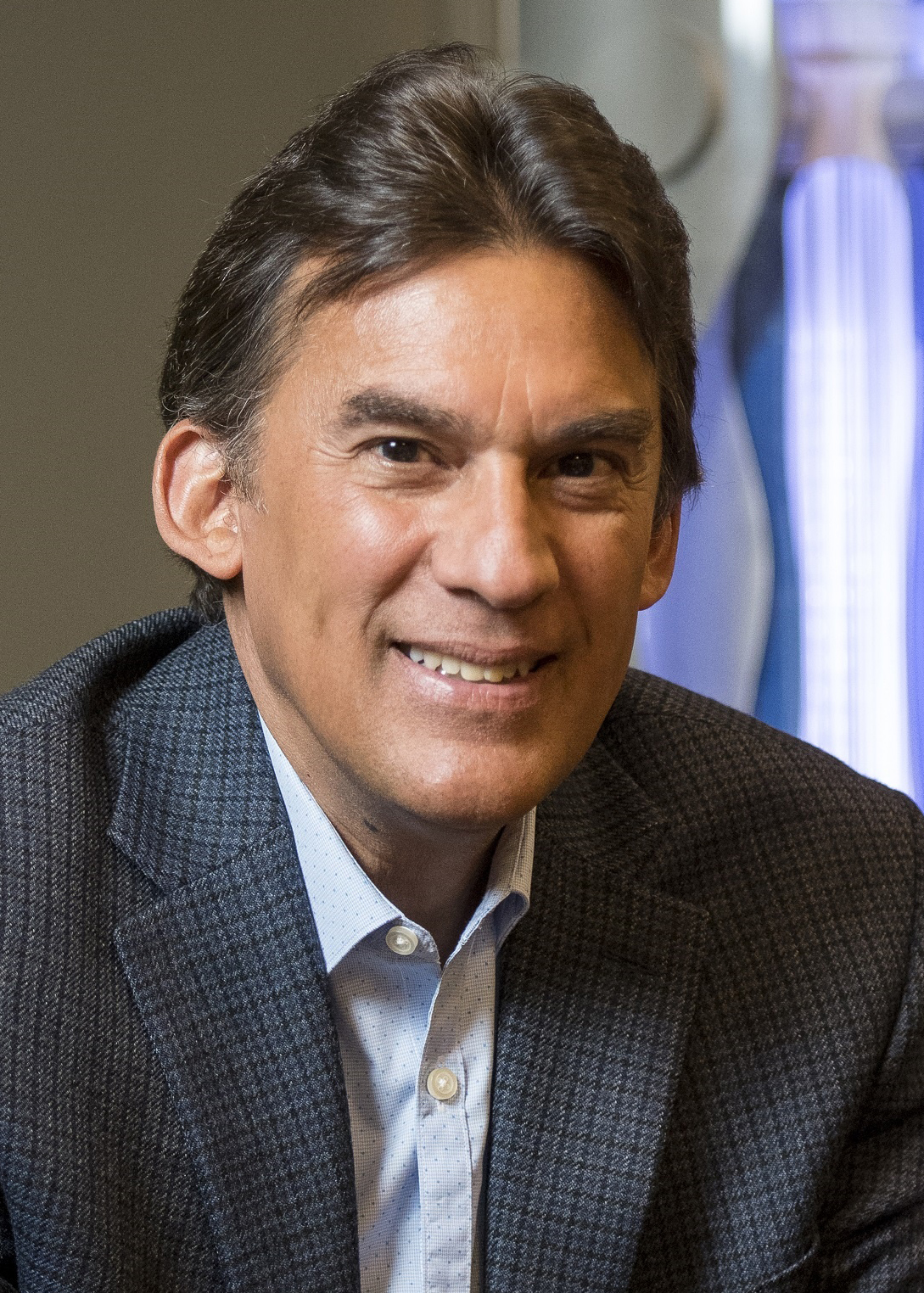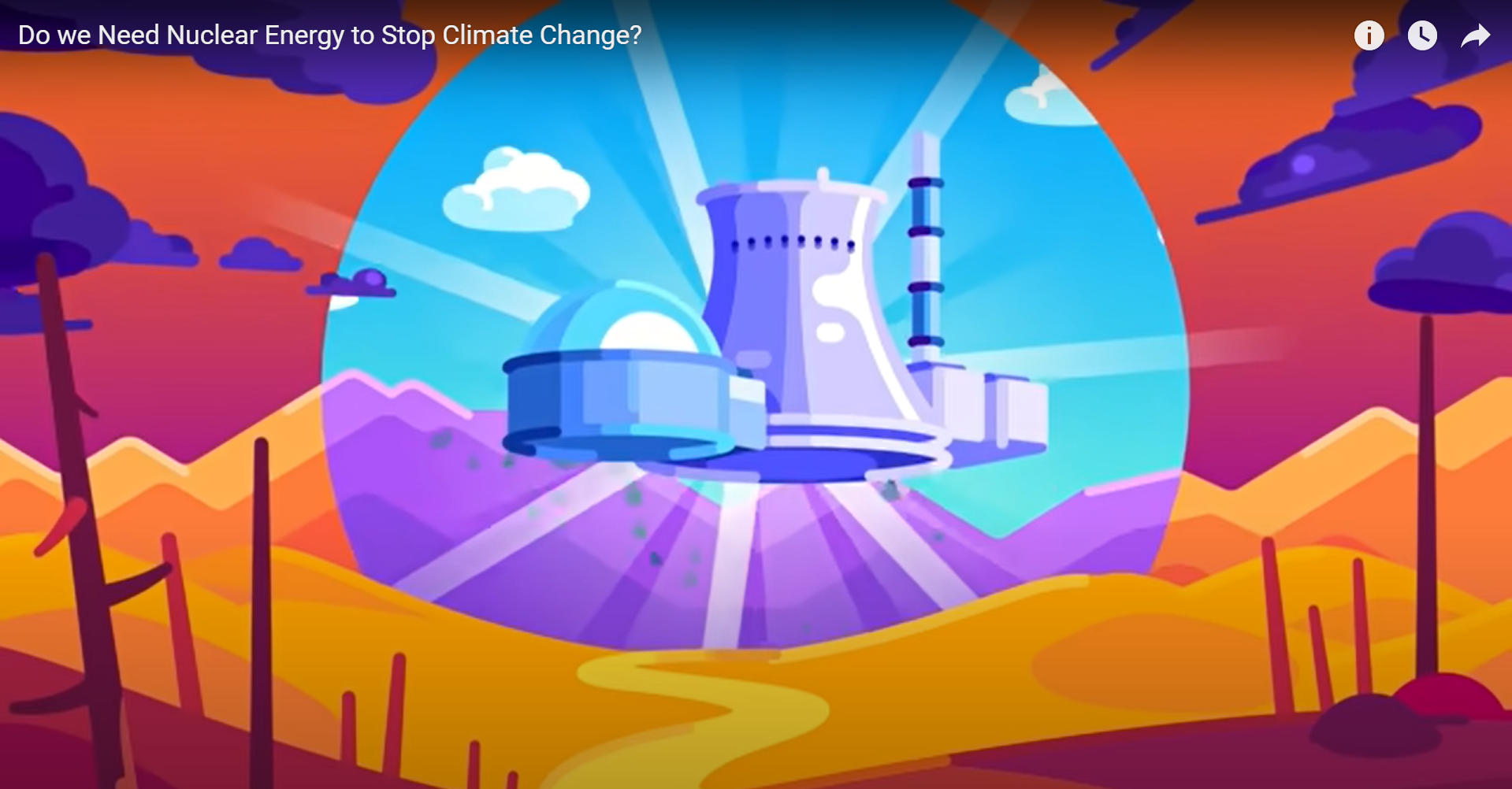The underground Exploratory Studies Facility at Yucca Mountain in Nevada built by the Department of Energy to determine whether the location was suitable as a deep geological nuclear waste repository. Courtesy of the Department of Energy.
It is no secret that the U.S. government’s program to manage and dispose of used nuclear fuel and high-level radioactive waste is in a deep ditch. Private companies continue to safely store used fuel at U.S. nuclear reactor sites, some of which ceased power operations decades ago. Other countries, such as Finland, Sweden, France, Canada, Switzerland, Russia, and China, are moving forward on permanent disposal, while for the past 11 years, the U.S. government has done nothing constructive to discharge its HLW disposal responsibilities. Rather than taking action, successive Congresses and administrations have sat on their collective hands.
The Byron nuclear power plant
Illinois governor J. B. Pritzker’s proposal to subsidize the state’s Byron and Dresden nuclear plants, introduced in legislative form last week, falls short, Exelon Corporation President and Chief Executive Officer Chris Crane said on May 5 during the company’s first-quarter earnings call.
“From what we’ve heard, it’s open to negotiation, but just going from the street analyst opinion and what we’ve seen, its starting point is not adequate to keep the plants’ continued operations going,” Crane stated.
Unit 3 of the Vogtle plant under construction (Photo: Georgia Power)
To reach President Biden’s goal of cutting U.S. carbon emissions in half by 2030 and to have a net-zero carbon economy by 2050, some environmentalists are reconsidering their opposition to nuclear energy’s role as a climate crisis solution. According to the article, The controversial future of nuclear power in the U.S., from National Geographic, nuclear power has a lot going for it. Its carbon footprint is equivalent to wind, less than solar, and orders of magnitude less than coal. Nuclear power plants take up far less space on the landscape than solar or wind farms, and they produce power even at night or on calm days.
The above figure provides NYISO's projected mix of resource capacity expected to be available for the 2021 Summer Capability Period.
The figure below shows the vast difference in 2020 between clean energy provided to upstate New York and to downstate New York. With the recent closure of Indian Point-3, the difference will widen for downstate New York in 2021.
NYISO released its 2021 power trends report for the state of New York. As noted by many in the energy community prior to the closure of Indian Point nuclear power plant's Unit 2 and Unit 3 in 2020 and 2021, respectively, the projected mix of resource capacity expected for downstate New York's energy generation will be heavily reliant on fossil fuels.
Vogtle-3 turbine generator. Photo: Georgia Power
Southern Company is targeting December for placing Vogtle-3 in service, according to Tom Fanning, the company’s chairman, president, and chief executive officer, who spoke with financial analysts on April 29 in its first-quarter earnings call. “The site work plan now targets fuel load in the third quarter and late December 2021 in-service date for Unit 3,” Fanning said. “Of course, any delays could result in a first-quarter 2022 Unit 3 in-service date.”
Author Joshua Goldstein, from the video "The Nuclear Option"
Climate activists rarely mention nuclear power as a tool in the battle against climate change, consumer reporter John Stossel comments during the video "The Nuclear Option" on his YouTube channel.
NorthStar is capable of producing Mo-99 using non-uranium-based processes. Photo: NorthStar Medical Radioisotopes
Completing a 5,700-mile journey from Belgium, two 24-ton particle accelerators were delivered to NorthStar Medical Radioisotopes’ facility in Beloit, Wis., on April 22, the Wisconsin State Journal reported. Photos and a video of the accelerators being received at the facility are included in the report.
The New Safe Confinement in final position over reactor 4 at the Chernobyl nuclear power plant in 2017. Photo: Tim Porter
On April 26, 1986, reactor No. 4 of the Chernobyl nuclear power plant in Ukraine exploded, sending radioactive material into the environment and across Europe. After 35 years, Ukrainians are looking to the site of the world’s worst nuclear disaster “for inspiration, solace, and income,” according to an ABC News report.
Diver John Lehto (right) receives final instructions from Carter Thomas before entering a 300,000-gallon water tank at the Hanford Site. Lehto and Thomas are employees of Hanford Site subcontractor Associated Underwater Services. Photos: DOE EM
The Department of Energy’s Richland Operations Office contractors Central Plateau Cleanup Company (CPCCo) and Hanford Mission Integration Solutions (HMIS) teamed up recently to dive into inspection and maintenance activities at the Hanford Site in Washington state.
Project video: View this video for sights and sounds from this unique project.
A screenshot from the Kurzgesagt YouTube video
The German animation studio Kurzgesagt released a new video to its English YouTube channel last week to answer the question, “Do we need nuclear energy to stop climate change?” The studio’s channel on YouTube is self-described as a small team working to make science look beautiful. Its videos discuss a variety of scientific, technological, philosophical, and psychological questions, and it has more than 14 million subscribers. The channel recently discussed the question of deaths caused by radiation—spoiler alert, nuclear is among the safest of all energy production.



